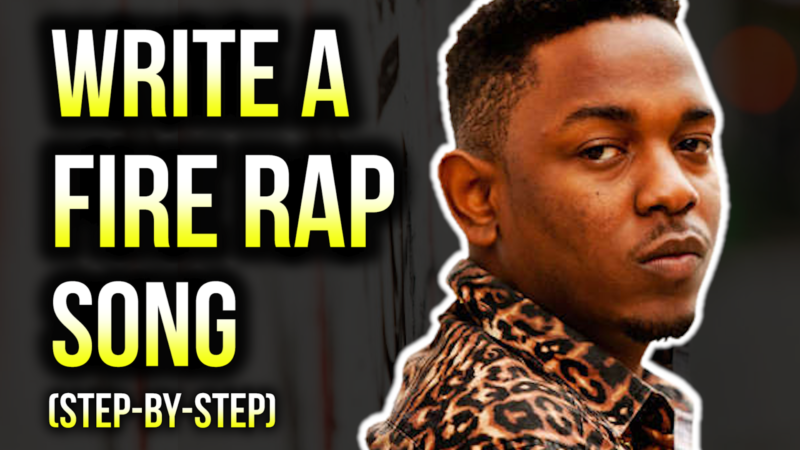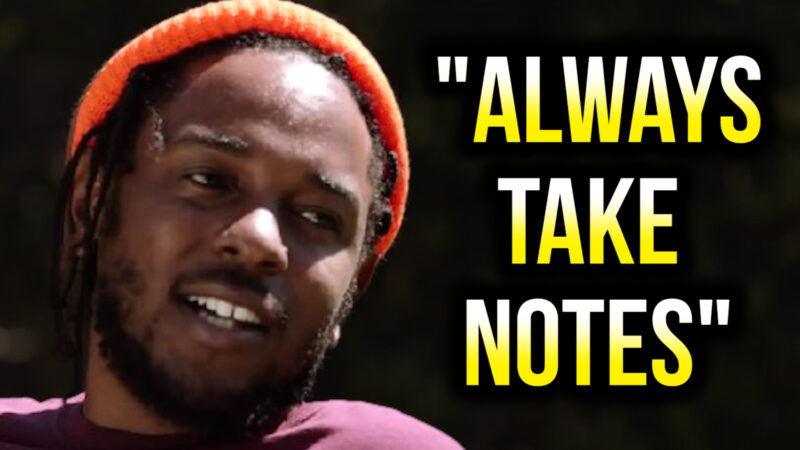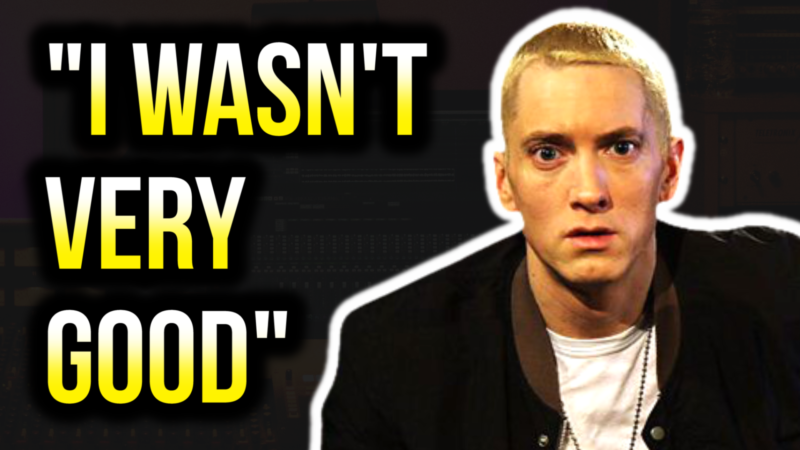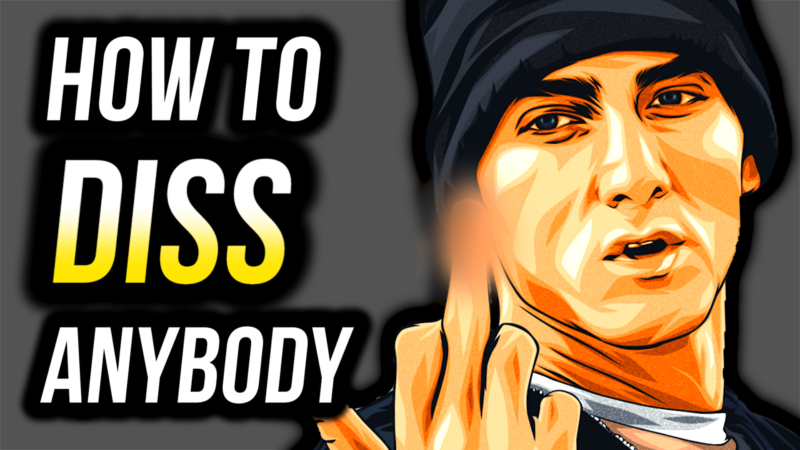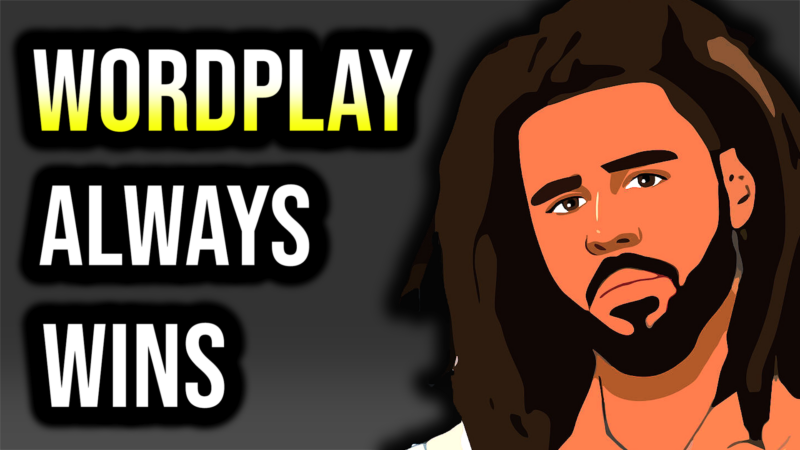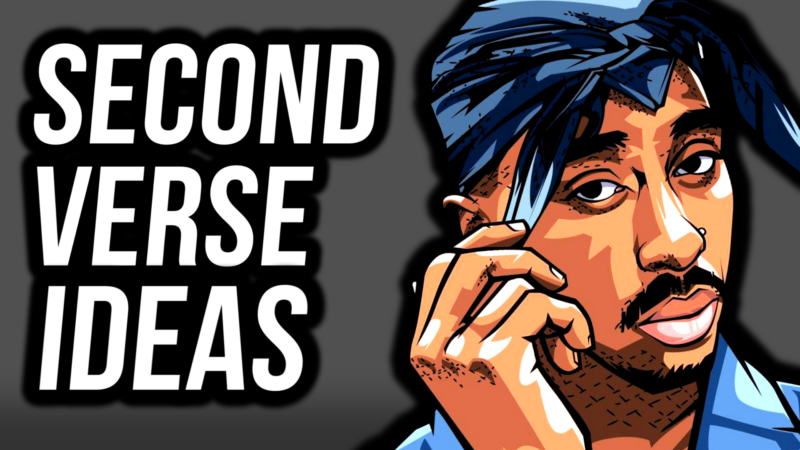5 Fundamentals of Rap NOBODY Tells You
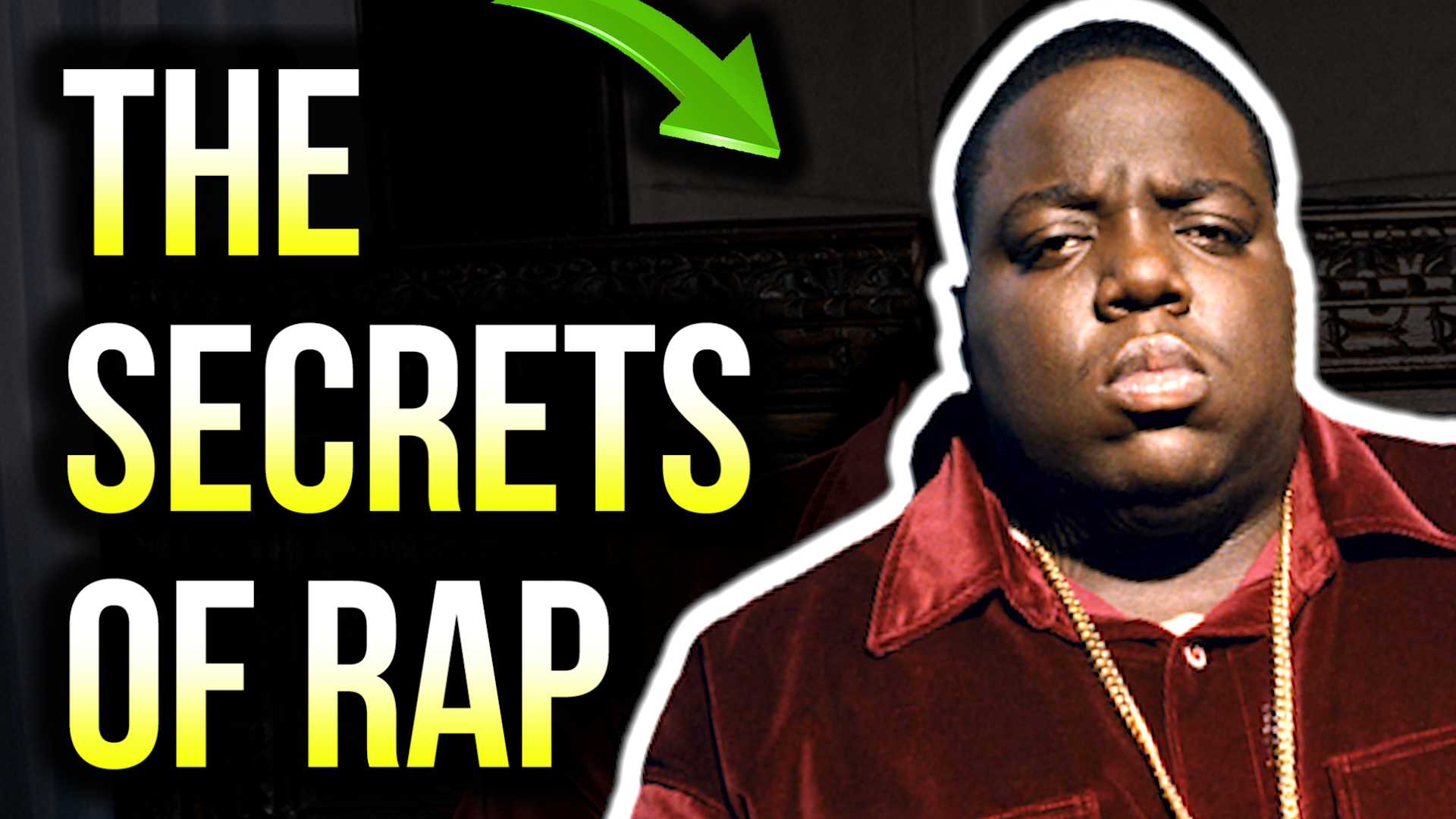
The elusive art of rap has taken over the world faster and longer than any genre before it.
As of the 2020s, rap is far and away the most successful music genre in the world.
And yet, the actual fundamentals of rap – in other words, how people learn how to rap and the fundamentals of rapping – often confuse many of Hip-Hop’s biggest fans.
With that said, in today’s article we want to give you 5 rap fundamentals nobody is telling you about.
As you watch each rap fundamental, you can rest assured that this will be expert commentary coming from us, YouTube’s most subscribed channel on how to rap…
…With each lesson coming from lessons of 1000s of rappers coached from around the world.
So let’s get into 5 fundamentals of rap nobody tells you about. Let’s do this in countdown order…
#5 “Rhythm Vs. Rhythm”: Why Rap Addicts Us
Rap is addicting because it is the intersection of two major rhythmic patterns intersecting and collaborating at once.
The first rhythmic pattern is the beat, and the second is the rhythm of the words and rhymes… also known as the flow.
While most other genres are melody or instrument first, and thus are less rhythmically complex than rap…
Rap most often is rhythm first which excites the listener’s ears and makes for a more “elastic” genre… in other words, a genre that can collaborate with other genres.
In other words, you can take the vocal rhythms of rap a.k.a. rapping a flow and put it on top of the a jazz instrumental…
Or you can take the instrumental rhythms of rap (let’s say… trap drums like an 808 or a trap style tempo) and put jazz cords on top of them.
The reverse is not true where you can take a jazz horn and use it as the “main verse and chorus” on a rap beat. It wouldn’t work because the audience’s expectation is that they will eventually hear the rapper’s rhythm, or vocal flow, at some point during the beat.
The reason this is important as a rap fundamental is because if you are trying to learn “how to rap”, one of the first things you need to do is master the art of flowing on top of a beat in interesting ways.
This will help you to keep the listener engaged and pull your “side of the bargain” as a rapper… which is to provide vocal rhythm vs. the instrumental rhythm of the beat.
#4 Rap Storytelling Can Exist In Many Forms
Now that we’ve talked a little bit about the musical side of rap, let’s focus on the lyrics:
Rap storytelling can exist in many forms outside of just telling a “he did this and then he did that” format.
While no one can deny the breathtaking lyrical skill that someone like a Nas, Slick Rick, Biggie, or other well-known “step-by-step” storytellers use to paint a picture…
We shouldn’t underplay the ability needed to “create a universe” for the listener to inhabit exemplified by the characters and personas created by rappers such as DMX and Eminem.
Re-listen to DMX’s first few albums, which were absolutely generation-defining.
Here you have a rapper who isn’t just “rapping” or telling a step-by-step story, he is inhabiting a living, breathing character who you get to know through songs like “Get At Me Dog” where he explains that he “robs and he steals, not ‘cause he wants to ‘cause he has too”…
…And his personalized style of “hood love” in a legendary track like “How’s It Goin’ Down”. His later work including equally persona building iconic tracks such as “What’s My Name” and “Who We Be” which are not liner “stories” but rather universes for the listener to inhabit.
If you are a rapper watching this and would like to practice how to create your own “universes” for rappers to listen to, click HERE to get our free video course How To Write A Rap On Any Topic in 20 Mins. Or Less which will help guide you step-by-step how to write exhilarating rhymes for your audience…
…But don’t forget that Eminem is also an excellent example of “character building”.
Tracks like “My Name Is” and “Role Model” have little mini-stories within them such as the walking into the strip club tale in “My Name Is” and his re-telling of the OJ Simpson story in “Role Model”…
But overall the tracks are more of a universe of this young twisted persona of Slim Shady that Eminem has created.
Therefore don’t take it for granted that as a rapper OR as a listener, it’s important for the artist to tell stories in more than just a “this is what my day was like” format.
#3 As The Technology Changes, The Music Changes
Every generation of music listeners and artists wishes they could go back to their specific “sound” of music…
…But every NEW generation of creatives and listeners wants the new fresh sound.
That comes down to the relationship between technology and music.
Obviously this point extends to other genres, but let’s break down how this looks in rap:
In the early days of rap, artists would mainly learn “how to rap” by rapping for their friends on the block or more commonly, by converting their “DJ hype man” talking points…
…Into listenable rhymes to keep the party going.
This is why if you look at the early, early videos of rappers from the late 1970s and early 1980’s, they either dressed flamboyantly to keep the crowds attention (look at early videos of Afrika Bambataa or Melle Mel in “The Message”)…
…Or the early music videos would have them “rapping” in front of a large crowd. Things like “spending nights in the studio” and adding heavy effects to the voice wouldn’t come until later.
Fast forward to the 2000s where doubles, reverb, and eventually auto-tune completely transformed what a rapper could do with their voice.
No longer would rappers have to treat their vocals like a block party DJ talking about some “hippity hop keep the party going” stuff…
…Or scream at the top of their lungs as the 1990’s rappers coming in the cypher had to do…
…Now rappers can sound relaxed and let the effects “do the work for them” which leads to more mellow sounding artists and vocal tones in 21st century rapping.
Therefore, the relationship between technology and rapping is, similar to rhythm vs. rhythm described in secret #5, is a fundamental for any artist learning how to rap to understand.
#2 Songwriter or Songfinder
Every “GOAT” level rapper ever is either a:
- Great Song-Writer
- Great Song-Finder
Great Song-Writers
A great song-writer is your classic “catchy” rapper – either due to their ability to create great hooks or to construct legendary easier to remember verses and song concepts.
A very good 1990’s examples of this would be 2Pac. What made 2Pac an icon to so many people wasn’t necessarily his ability to flip the flow 80 million ways and stack 100 rhymes at a time…
…It was his ability to put timeless truths and emotions into an easy-to-remember IDEA… Tracks like, “I Ain’t Mad Atcha”, “Changes”, and “Keep Ya Head Up” are all extremely easy to follow, easy to relate to, and easy to remember concepts for a song.
Another more recent example of course is Drake. While he has his fair amount of hate, some of which is warranted, we simply can’t deny the man’s ability to construct iconic choruses in particular.
Many of his melodic verses or catch phrases such as “0 To 100” or “God’s Plan” also have a place in history, but overall Drake’s ability to construct well-known songs around catchy hooks is a major part of his legacy.
If you hate Drake so much that the minute you hear him you want to click away from this article, that’s fine. The same exact statements could be made about other legendary hook writers such as 50 Cent. He is ultimately a great SONG-WRITER as opposed to a great “bar-for-bar” rapper.
Great Song-Finder
The other option for legendary rappers is to be a great “song-finder”.
This is where a rapper might be more well-known for their lyrical wit, their rhyming ability, or their commercial appeal, not necessarily their songwriting…
…But they are experts at bringing an excellent team of producers, chorus-writers and performers, and so on around them.
I believe the best example of this would be Jay-Z. Jay-Z ultimately isn’t the best hook writer (although he does have some good legendary choruses such as “H To The Izzo” or “Dirt of Ya Shoulder”)…
…But he definitely knows how to POOL talent together like a sports owner and get the best players on the team.
Think about it: most of Jay-Z’s biggest songs ever have a chorus by another legendary artist… or have features on them:
“Empire State of Mind”, Jay-Z’s first Billboard Hot 100 #1 as a solo artist… has a chorus written and performed by Alicia Keys.
His early career mega smash “Hard Knock Life” chorus is a sample of an iconic musical song…
Everything from his first single “Ain’t No N***a” to “What More Can I Say” off of The Black Album to the title track to 4:44… all of those tracks either have a “sample” chorus or have another person performing the hook.
This is to take nothing away from Jay-Z as he is arguably the best rapper of all time if we are speaking about being an “all around player” like Michael Jordan…
But ultimately Jay-Z is a “song finder” as opposed to a songwriter in the classic “do the rap and the track triple double no assist” meaning of the word, to quote Kanye.
If you are a rapper yourself reading this, we additionally have a free video course “The Top 20 Songwriting Secrets of Professional Rappers” which goes more in-depth on this topic which you can find by clicking HERE.
#1 The Best Rappers Take Creative Risks
In a similar vein to understanding how the actual GOATs create music around song structure…
…Let us not forget that almost every icon level rap artist has “gone against” the grain at least once in their career.
Whether it’s Kendrick Lamar going full “black power” on To Pimp A Butterfly when he could have easily chased clout and money rap like so many artists do after a successful first couple of albums…
Or it’s Kanye West completely revolutionizing what a “rapper can be” by doing essentially an R&B album with 808’s and Heartbreak, outside of the actual use of auto-tune…
Or it’s more recently older rappers like Nas embracing the newer generation of producers such as Hit-Boy coming off of the Kanye West-helmed Nasir which received a lukewarm response and using that newfound steam from Hit-Boy to power his way to finally getting his first Grammy…
The most legendary rappers almost always take at least ONE major creative risk in their career, and when it pays off… it pays off HUGE the way it did for all of the artists listed above.
So, again, if you are someone who wants to learn how to rap or wonders why you love your favorite rapper… it’s probably due to one of these five fundamentals of rap… or maybe all 5.

